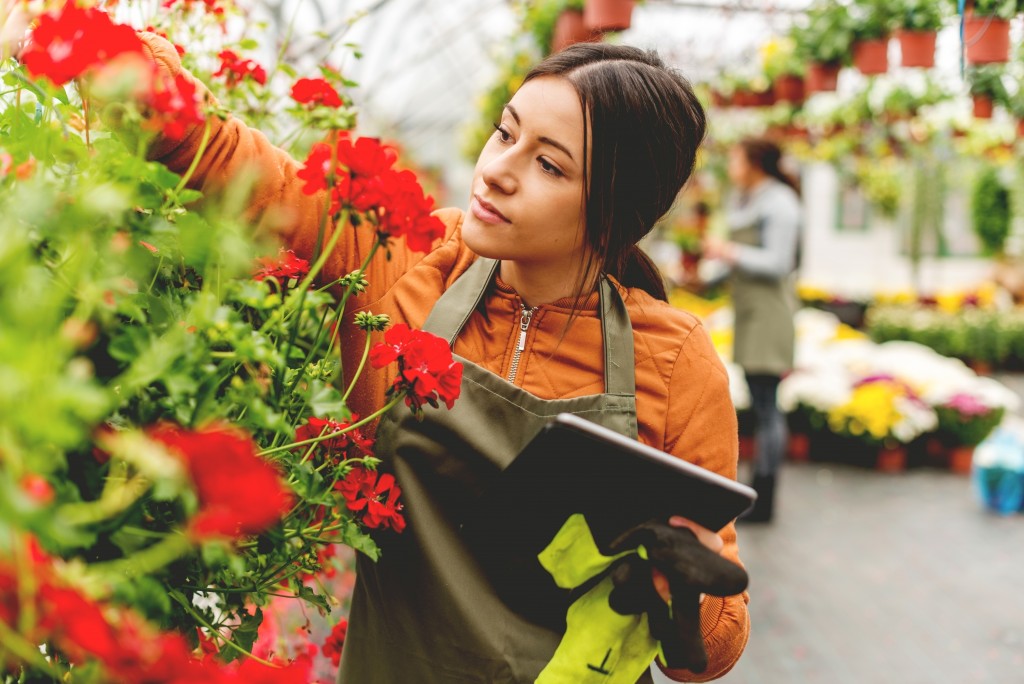All homeowners dream of having a lush, manicured lawn to show off on their property, since these areas of the home reveal the owner’s personality and tastes. An attractive yard also has the ability to increase the value of the property by boosting curb appeal, as well as improve the physical and mental well-being of the homeowner.
However, it’s not easy to achieve pristine landscaping, as it requires a lot of time and effort to get right. What’s worse is that it can easily be destroyed. Just a little rain can ruin a perfectly good garden, while heavy rain can completely decimate an otherwise lush and green lawn.
Landscaping isn’t just about curb appeal, it also has a lot to do with taking precautions to protect it from the elements, particularly if the home is located in an area that experiences volatile weather. If you have a yard that you want to protect from heavy rain or from extreme elements, here are some helpful strategies to employ to keep it in good shape.
Gutter Maintenance
Gutters are responsible for keeping rainwater from the roof away from the landscape below. They’re usually filtered into a sewer grate or another area of the yard. It’s important to get it repaired as soon as one notices that there’s any damage to it. It’s also necessary to install roof gutter protection to safeguard it against water damage.
Furthermore, gutters and drains should be kept clean and free of any debris that may block the flow of water. Leaves, rocks, twigs, and dust have a tendency to accumulate on gutter systems, so it’s important to clear them out before the rainy season begins.
Level Sloped Yards
The surrounding pavement should always be leveled evenly and positioned away from the home. Otherwise, rainwater will flow directly towards the lowest points of the property, usually where the basement is.
Make Use Of A Rain Barrel
Rain barrels collect rain out of gutters if there’s no sewer drainage to collect it at the bottom. It also prevents flooding, in case the sewer is clogged. They’re also especially useful for collecting water that can be used for a variety of purposes, such as washing clothes, watering plants, and flushing toilets.
Aerate The Soil
There’s nowhere for the water to go when it lands on tightly compacted soil, so it ends up pooling on top of it and damaging the layers of grass, plants, or soil rather than being absorbed into it. To prevent this from happening, it’s important to aerate the lawn and create multiple little air pockets where the rainwater can go. All it takes to do this is to poke the soil with a pitchfork or any other sharp instrument so that little holes form on top.
Layer Mulch Around Plants
Adding multiple layers of mulch around plants can protect them from both heavy rain and strong winds. Mulch has the ability to significantly boost the water retention abilities of plants and safeguard their roots from erosion.
Plant A Diverse Set of Water-Loving Plants
Some plants are better at absorbing water than others, including hydrangeas, buddleias, geraniums, and fuchsias. These can be planted in raised beds as a form of protection for the other plants and flowers in the garden. Furthermore, planting a wide variety of plants also creates a strong network of roots that can effectively stave off erosion and keep soil compacted.
Perform Regular Landscape Maintenance
Regular maintenance of the landscape is needed to keep everything in order and quickly diagnose and treat any problems before they become bigger issues. Having a routine landscaping maintenance schedule ensures that the yard will be ready to weather any storm.

Avoid Walking On The Lawn
Stepping on the yard, especially if it’s wet, can result in soil compaction which makes water drainage difficult to do. In case people have no choice but to walk across the lawn, then wooden planks or any sturdy material can be placed on top of it to allow people to step freely on it without damaging it.
Install Stalking Supports
Strong winds and severe rainfall can bend and break flowers and plants. This can be avoided by installing stalking support made out of wood on each of the individual flowers and plants. This allows them to stay upright even when they’re being battered by the elements.
Build Drains Near The Driveway
Adding drainage systems near the driveway can keep water from running off into the house and the yard. The most common types of drains to consider include French drains, channel drains, and gravel pavers.
It takes a lot of work to keep a lawn looking picture-perfect, but it can all be damaged in the blink of an eye due to heavy rainfall. These strategies ensure that heavy rain won’t decimate an otherwise beautiful landscape.
